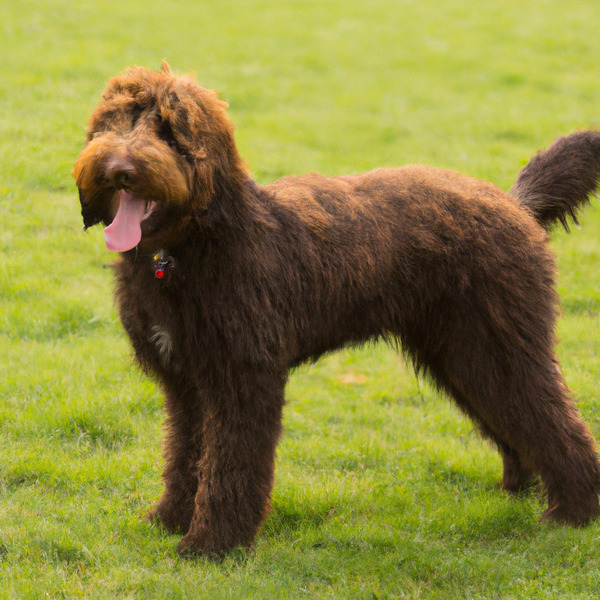Labradoodle vs. Dunker: Breed Differences and Similarities
Weight Gain Potential
Which breed eats more: Labradoodle or Dunker?
Labradoodle has high obesity risk, needs regular exercise and food control to maintain healthy weight.
Dunker has average risk of obesity, needs daily walks and quality diet to maintain healthy weight.
Hypoallergenic
Are Labradoodles or Dunkers hypoallergenic, or neither?
While no dogs are truly 100% hypoallergenic, Labradoodles are about as close as it gets, making them an ideal pet if you are an allergy sufferer.
Unfortunately, the Dunker is not hypoallergenic, making it not a good choice for a dog lover who suffers from pet allergies.
Temperament
What are the personalities of Labradoodle and Dunker dogs?
Affectionate
Intelligent
Alert
Calm
Spirited
Energetic
Friendly
Shedding Level
Do Labradoodles shed more than Dunkers, or which breed sheds more, Labradoodles or Dunkers?
Labradoodles are moderate shedders, but regular brushing can reduce shedding and maintain coat health.
Dunkers shed a lot of hair each year, so frequent brushing is essential for reducing shedding and maintaining coat health.
Watchdog Ability
Which dog breed makes a better watchdog, the Labradoodle or Dunker?
Labradoodle and Dunker are very good watchdogs. They are a vocal breed and are wary of outsiders, so if someone approaches your home or aims to intrude, these breeds are going to make sure everyone knows about it.
Origin
What is the origin of Labradoodle and Dunker dog breeds?
Australia
Norway
Ancestry
What are the origins of Labradoodle and Dunker breeds?
Labrador Retriever, Poodle
Russian Harlequin Hound, Norwegian Scent Hounds
Date of Birth
When were Labradoodle and Dunker breeds first developed?
1989
19th Century
Eye Color Possibilites
What are the eye colors of Labradoodle and Dunker dogs?
Hazel
Brown
Blue
Hazel
Brown
Amber
Nose Color Possibilites
What are the natural nose colors of Labradoodle and Dunker?
Black
Brown
Black
Coat Color Possibilites
What are the natural colors of the coat for Labradoodle and Dunker breeds?
Black
Red
Cream
Silver
Brindle
Sable
Blue
Black
Blue
Fawn
White
Coat Length
What is the typical coat length for Labradoodle and Dunker breeds?
Labradoodles are known for their coat length.
Dunkers have medium-length coats.
Coat Density
What is the density of the coat of Labradoodle and Dunker?
Coat Texture
What is the hair texture of Labradoodle and Dunker?
Wavy
Straight
Litter Size
What is the usual litter size for Labradoodle and Dunker?
A Labradoodle can have a litter of 12-14 puppies on average. However, it's worth noting that the size of the litters can vary greatly. Factors that can influence litter size include the health of the mother, breeding history, and genetics.
A Dunker can have a litter of 10-12 puppies on average. However, it's worth noting that the size of the litters can vary greatly. Factors that can influence litter size include the health of the mother, breeding history, and genetics.
Adaptability
Labradoodles are highly adaptable and versatile, making them excellent companions for families and individuals of all lifestyles.
Dunkers are known for their adaptability and can adjust well to different environments and lifestyle changes.
Health Issues
Between Labradoodle and Dunker, which breed is more prone to health problems?
The Labradoodle and Dunker breeds are commonly healthy with low vet costs, regular check-ups may not be as necessary but it's important to keep an eye on their health and have them checked by a veterinarian when needed.
Major Concerns
What are the major health concerns for Labradoodle and Dunker breeds?
Elbow Dysplasia
Hip Dysplasia
Epilepsy
Hypothyroidism
Progressive Retinal Atrophy (PRA)
Deafness
Minor Concerns
What minor health issues should be kept in mind when owning Labradoodle and Dunker?
Allergies
Hip Dysplasia
Occasional Tests
What occasional tests are recommended for Labradoodle and Dunker breeds?
Hip & Eye
X-Rays
Eye Examination
Physical Examination
Ear Examination
Hearing Tests
Energy
How do the energy levels of Labradoodles and Dunkers compare?
Labradoodle and Dunker breeds are high-energy dogs, thus an active lifestyle suits them well.
Social Needs
Labradoodle vs Dunker social needs comparison
Labradoodle has very high social needs and requires regular mental and physical stimulation, a job or purpose, and companionship.
Dunker has above average social needs and thrives with interaction with humans and other dogs.
Exercise Needed
Labradoodle vs Dunker exercise need comparison.
The Labradoodle and Dunker breeds need significant physical activity to maintain a healthy lifestyle. They are well-suited for those who lead an active lifestyle and enjoy activities such as running, hiking, or other outdoor pursuits.
Sleeping Need
Which of the two sleeps the most/least: Labradoodle or Dunker?
Labradoodle and Dunker dogs tend to sleep less than some other breeds, but it's still important for them to get adequate sleep in order to maintain good health.
Drooling Tendency
Which drools more/less, Labradoodle or Dunker?
Labradoodle has low drooling tendency, suitable for those who dislike drool marks.
Dunker is an average drooler, monitor for excessive drooling which may indicate health issues.
Tendency to Bark
Do Labradoodles or Dunkers bark more/less frequently?
Labradoodles bark moderately when necessary and may also bark due to certain triggers like fear, alarm, boredom, greeting, separation anxiety and compulsive barking.
The Dunker is a vocal breed that frequently barks and howls, and may not be suitable for those seeking a quiet companion.
Territorial
Is the Labradoodle or Dunker a better guard dog?
While Labradoodle dogs can defend their territory or owners, it's not their primary trait, and they are not ideal guard dogs.
Dunker dogs have a strong protective nature and territorial instinct. They are highly vigilant and will fiercely defend their home and family.
Mouthiness
Mouthiness Comparison: Labradoodle vs Dunker?
Roaming urge
Labradoodle vs Labrador: Running away tendency?
Prey Drive
Labradoodle or Dunker - which breed has a higher level of prey drive?
Past times
What are some enjoyable activities and ways to keep Labradoodle and Dunker entertained?
Fetch, Hike, Go on Vacation, Walk, Run
Walking, Running
Activity Level
Which breed has higher energy, Labradoodles or Dunkers?
Labradoodle and Dunker are high-energy dogs that require a lot of mental and physical exercise. Without proper stimulation and attention, these breeds can become problematic. If you're considering these breeds, be prepared to invest time and effort in their exercise and training.
Tolerance of being left alone
Walks per Week
How many miles should Labradoodle or Dunker walk each week?
There's really no limit to how far you walk your dog as long as they're comfortable. For Labradoodle, it's at least 10 miles / week. Just remember to build distance and stamina gradually over time.
There's really no limit to how far you walk your dog as long as they're comfortable. For Dunker, it's at least 14 miles / week. Just remember to build distance and stamina gradually over time.
Activity per Day
Do Labradoodles or Dunkers require more exercise?
Both Labradoodle and Dunker typically require a minimum of 60 minutes of exercise each day. The exercise can be spread throughout the day and may involve high-energy activities like walking, running, and playing.
Grooming
Which breed is easier to maintain in terms of grooming, Labradoodles or Dunkers?
The Labradoodle requires an average amount of grooming compared to other breeds.
The Dunker has low grooming needs and is easy to maintain.
Brushing Frequency
What is the recommended brushing frequency for Labradoodle and Dunker dogs?
Labradoodle should be brushed at least once a week. Of course you can give them more frequent brushes if you find that they are still shedding a lot
Ideally, Dunker should be brushed at least 2 or 3 times a week (preferably daily) improve shedding.
Brushing Tools
What brushing tools are used for Labradoodles and Dunkers?
Pin Brush
Clipper
Nail Clipper
Pin Brush
Nail Clipper
Cups
How much food should be given to Labradoodle or Dunker in cups?
For an average 60-65 pound (27 - 29 kg) Labradoodle feed 2 cups daily. But, keep in mind, the amount you feed is going to be dependent on the quality of the food you are feeding.
For an average 25-39 pound (11 - 18 kg) Dunker feed 2.5 cups daily. But, keep in mind, the amount you feed is going to be dependent on the quality of the food you are feeding.
Daily Cost
Which breed has a higher daily cost, Labradoodle or Dunker?
The average cost of a Labradoodle is somewhere $1.70 - $2.00 per day.
The average cost of a Dunker is somewhere $1.40 - $2.10 per day.
Monthly Cost
Which breed has a higher monthly cost, Labradoodle or Dunker?
The average per month expenses of a Labradoodle is between $48 - $62. This makes an average of $576 - $744 per year. It will be on the higher side when the dog is still small because it will need more frequent visits to the vet, shots.
The average per month expenses of a Dunker is between $42 - $63. This makes an average of $504 - $756 per year. It will be on the higher side when the dog is still small because it will need more frequent visits to the vet, shots.
Intelligence
Comparing Intelligence: Labradoodles vs Dunkers
The Labradoodle and Dunker breeds are considered very intelligent and easy to train.
Sensitivity Level
How do Labradoodle and Dunker compare in sensitivity?
This breed is sensitive and requires gentle handling and a calm home environment.
Dunkers have average emotions and adapt well to different situations.
Affection Dependance
Which is the more affectionate dog breed: Labradoodle vs Dunker?
Apartment Friendly
Which breed is more apartment-friendly: Labradoodle or Dunker?
Labradoodles are good apartment dogs as long as they get enough exercise and stimulation outside of the apartment.
Dunkers can do well in apartments with enough exercise and time outside, but a small yard would be ideal.
Child Friendly
Do Labradoodles or Dunkers have a friendlier temperament towards children?
Labradoodles make excellent family pets for kids due to their gentle, protective nature and calm temperament.
Dunkers are good with kids if socialized and trained from a young age.
Senior-friendly
Which dog is more suitable as a pet for the elderly - Labradoodle or Dunker?
Cat Friendly
Do Labradoodle or Dunker breeds have a better compatibility with cats?
Labradoodles and Dunkers are one of the best dogs for cats. They accept cats readily as part of the family. However, this dog breed should be trained to not chase after the kitty early on
Dog Friendly
Which breed is more sociable with other dogs: Labradoodle or Dunker?
Labradoodles are generally very friendly towards other dogs, with a happy and affectionate temperament.
Dunkers are friendly and active companions, and can be good family pets, though their friendliness towards other dogs may vary.
Pet friendly
How do Labradoodle or Dunker dogs interact with other pets?
Stranger Friendly
Which breed is more friendly with strangers: Labradoodle or Dunker?
Labradoodles are highly friendly around strangers.
Dunkers are friendly but may bark at strangers, and training is easy due to their intelligence.
Playfulness
Which breed is more playful between Labradoodle and Dunker?
Labradoodles are very playful, so adopting an older one might be a better option for a more relaxed experience.
Dunkers are a playful breed that needs daily playtime to be happy.
Trainability
How do the trainability levels of Labradoodles and Dunkers compare?
Labradoodles are popular for their ease of training and quick learning ability.
Dunkers are usually easy to train but require consistency to fully obey commands.
Compare Labradoodle with other breeds
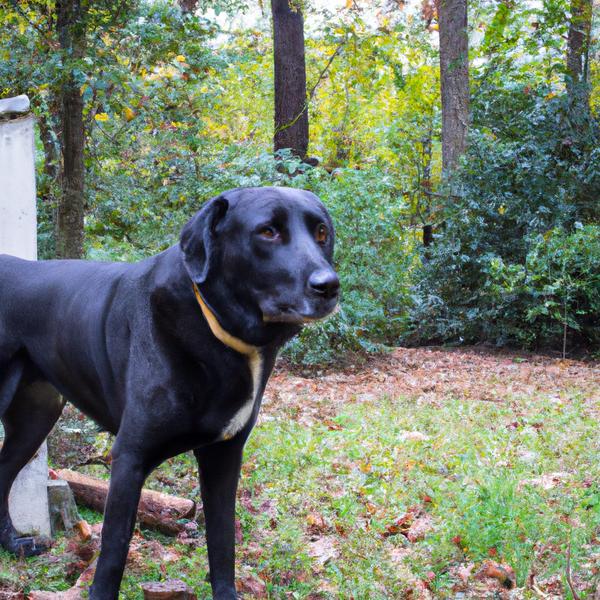
Lab'Aire
Labradoodle vs Lab'Aire
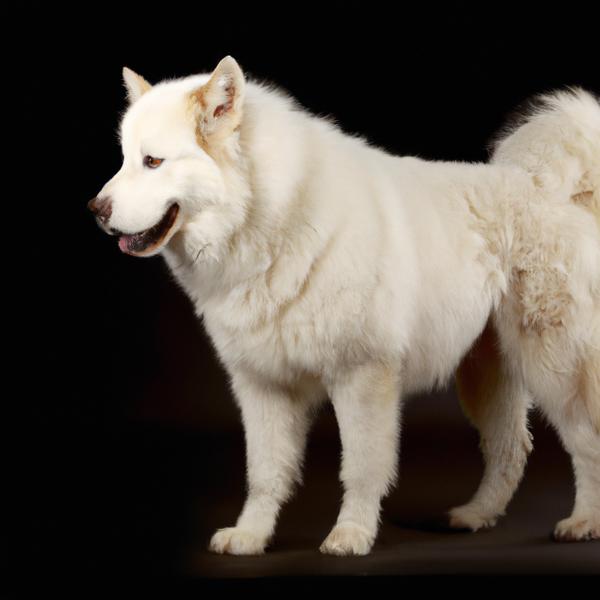
Pyrenees Husky
Labradoodle vs Pyrenees Husky
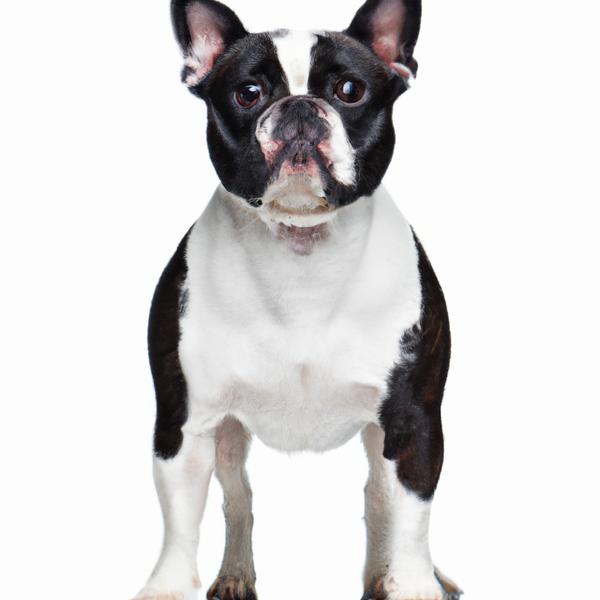
American French Bulldog
Labradoodle vs American French Bulldog
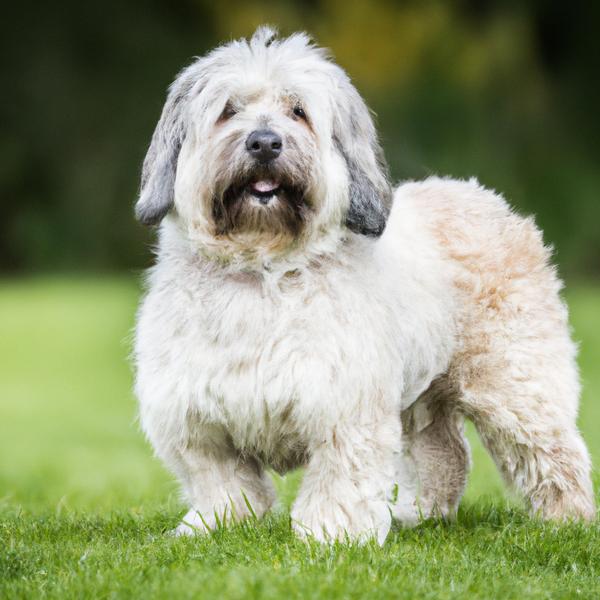
Wel-Chon
Labradoodle vs Wel-Chon
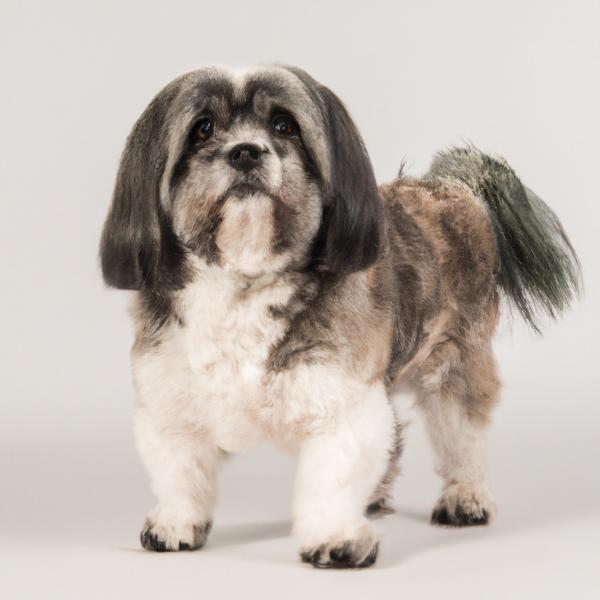
Havapeke
Labradoodle vs Havapeke
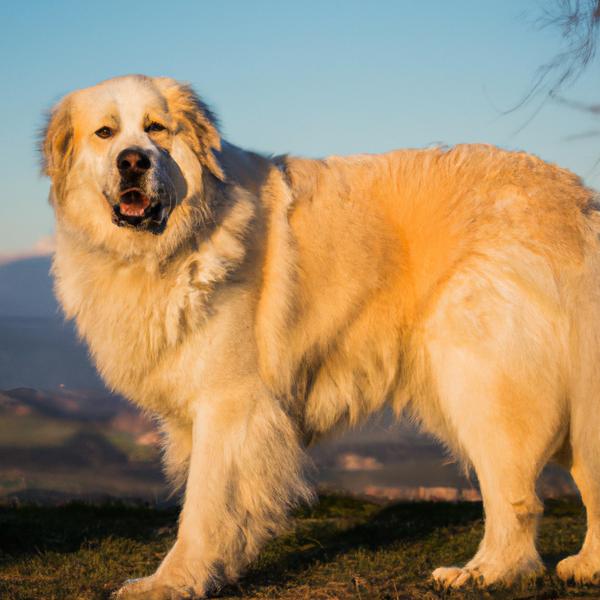
Golden Pyrenees
Labradoodle vs Golden Pyrenees
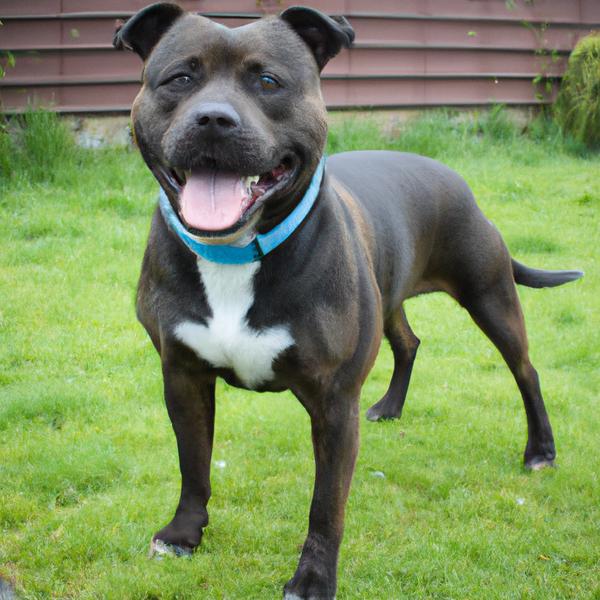
Staffy Bull Pit
Labradoodle vs Staffy Bull Pit
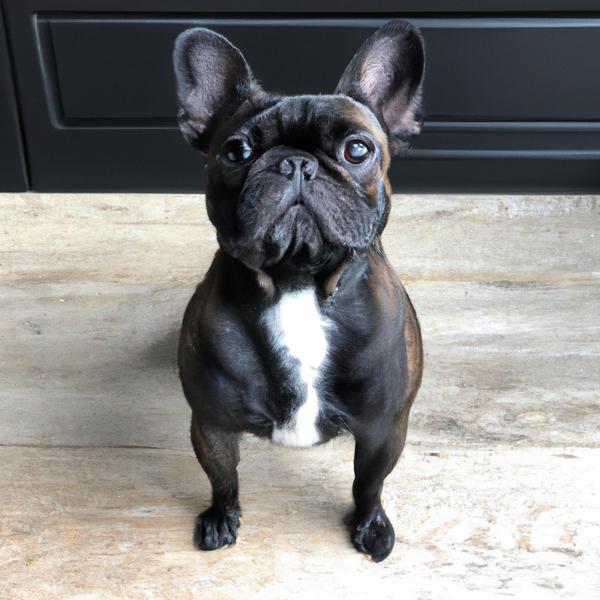
Frenchie Pug
Labradoodle vs Frenchie Pug
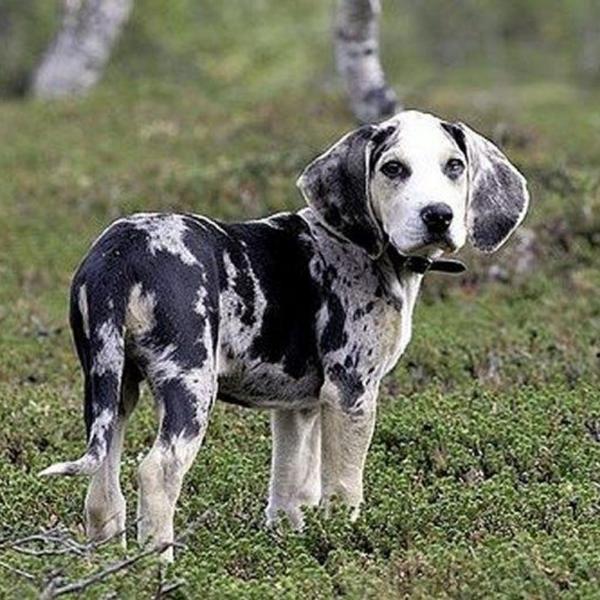
Dunker
Labradoodle vs Dunker
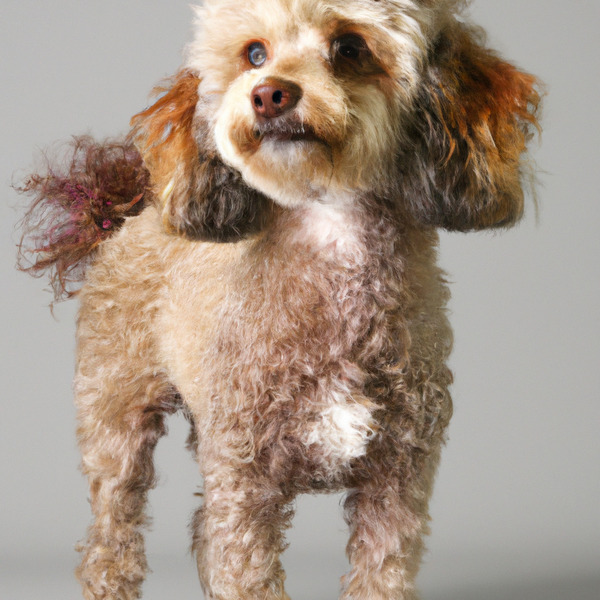
Chi-Poo
Labradoodle vs Chi-Poo
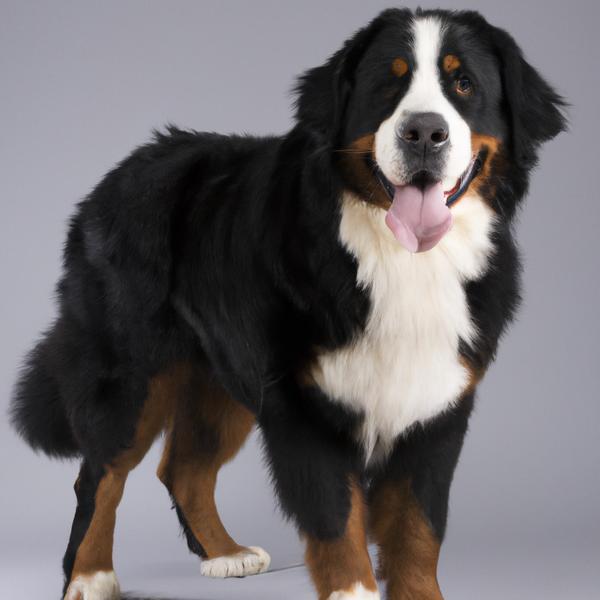
Saint Bernese
Labradoodle vs Saint Bernese

Papshund
Labradoodle vs Papshund
